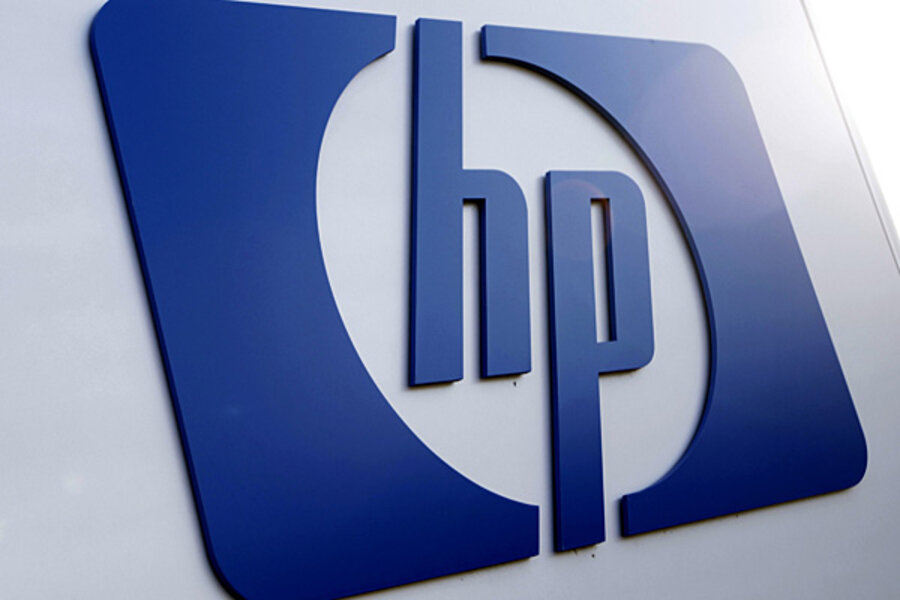HP's Sprout blurs lines between 2-D screens and 3-D life
Loading...
The past few years have been rough for Hewlett-Packard. It has struggled to innovate and has fallen behind other technology companies. The company announced in early October that it would split into two companies in the hopes of spurring innovation. Now, it looks as though things are changing at HP.
On Wednesday, HP unveiled two innovative products. At an event in New York, HP debuted Sprout, a virtual and physical desktop system, and the Multi Jet Fusion, a 3-D printer intended for businesses.
"We are on the cusp of a transformative era in computing and printing," Dion Weisler, HP's executive vice president of printing and personal systems, said in a statement. "Our ability to deliver Blended Reality technologies will reduce the barriers between the digital and physical worlds, enabling us to express ourselves at the speed of thought...."
HP says its Multi Jet Fusion will use less material and be built of lower-cost parts than other 3-D printers. With the new 3-D printer, the printing giant is combining classic printing techniques with new technology. Its 3-D printer will use HP Thermal Inkjet arrays to print materials using liquid ink. The Multi Jet Fusion uses a wide-print bar with 30 nozzles to first create a layer of powder and then add a layer of material. That process continues until the product is complete.
"As we examined the existing 3D print market, we saw a great deal of potential but also saw major gaps in the combination of speed, quality and cost," Stephen Nigro, HP's senior vice president of inkjet and graphic solutions, said in a statement. "HP Multi Jet Fusion is designed to transform manufacturing across industries by delivering on the full potential of 3D printing with better quality, increased productivity, and break-through economics."
Beginning in 2015, HP will work with partners to help develop the printers, but the HP Multi Jet Fusion isn't set to hit selves until 2016.
"We have prototypes of the printer working today that are better than what's in the market," said Ramon Pastor, vice president and general manager of HP's large format printing unit, according to ZD Net.
At Wednesday's event, HP also debuted Sprout, a standalone computing system. It has a 20-inch touchscreen, a projector, a touch pad, and 3-D scanner. With the scanner, users can easily take products from the physical world to the digital one. It's a system HP is calling a Blended Reality ecosystem.
There is a projector in front of the monitor, called the Sprout Illuminator, which projects an image on a 20-inch touch mat. The mat serves as a second screen. The image can be manipulated on the Sprout Illuminator, and then, with the flick of a wrist, the image can be sent to the computer screen. HP will work with partners, such as Crayola and Martha Stewart, to create a host of productivity apps and software for the system.
"We live in a 3D world, but today we create in a 2D world on existing devices," Ron Coughlin, HP's senior vice president of consumer PC and solutions, said in a statement. "Sprout by HP is a big step forward in re-imagining the boundaries of how we create and engage with technology to allow users to move seamlessly from thought to expression."
Mr. Weisler told the USA Today, "We believe [Blended Reality] can change the world."
Sprout pre-orders start today, and it will be available at Best Buy and Microsoft on Nov. 9 for $1899.








